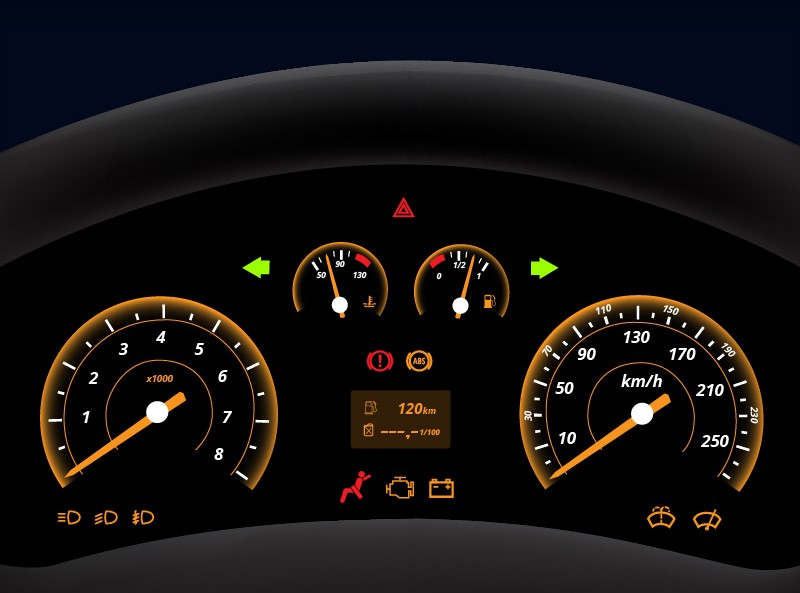Driving in inclement weather conditions can be challenging and potentially dangerous. Rain-sensing windshields are a valuable feature in modern vehicles that automatically detect raindrops on the windshield and activate the wipers accordingly. These systems improve visibility and reduce driver distraction. However, like any other automotive technology, rain-sensing windshields can encounter issues that trigger warning lights on the dashboard. In this article, we will explore the importance of rain-sensing windshield warning lights and provide a troubleshooting guide to address common problems.
Importance of Rain-Sensing Windshield Warning Lights: Rain-sensing windshield warning lights play a crucial role in alerting drivers to any malfunction or failure of the rain-sensing system. When the warning light appears on the dashboard, it indicates that the rain sensor has detected an issue that may impair its ability to accurately detect rainfall. Addressing these problems promptly is vital for maintaining optimal visibility during rainy conditions, ensuring the safety of both the driver and other road users.
Troubleshooting Rain-Sensing Windshield Warning Lights:
- Check Rain Sensor Obstructions: The rain sensor, usually located near the rear-view mirror on the interior side of the windshield, relies on a clear line of sight to detect raindrops. Ensure that the windshield is free from any obstructions such as dirt, debris, or stickers that may hinder the sensor’s performance. Clean the windshield thoroughly using a glass cleaner and a soft cloth to remove any residue that may interfere with the rain sensor’s operation.
- Inspect Wiper Blades: Worn or damaged wiper blades can impede the rain-sensing system’s effectiveness and trigger warning lights. Check the condition of the wiper blades for any signs of wear, such as fraying or uneven edges. Replace the blades if necessary, following the manufacturer’s recommendations for your vehicle model. Additionally, ensure that the wiper arms are properly aligned and secure.
- Verify Rain Sensor Settings: Some vehicles equipped with rain-sensing windshields allow drivers to adjust the sensitivity of the rain sensor. Refer to the owner’s manual to understand the available settings and ensure that the sensitivity is set appropriately for the prevailing weather conditions. Incorrect sensitivity settings can lead to inaccurate rain detection and subsequent warning light activation.
- Inspect Wiring and Connections: Faulty wiring or loose connections can disrupt the communication between the rain sensor and the vehicle’s electrical system, leading to warning lights. Inspect the wiring harness connected to the rain sensor and look for any visible damage or loose connections. If any issues are found, consult a professional mechanic or authorized service center for further diagnosis and repair.
- Check Fuse and Relays: A blown fuse or a faulty relay can cause the rain-sensing system to malfunction and trigger warning lights. Locate the fuse box and refer to the owner’s manual to identify the fuse or relay responsible for the rain-sensing system. Inspect the fuse for signs of damage and replace it if necessary. If the issue persists, it is recommended to seek professional assistance for further investigation.
- Consult Professional Assistance: If the troubleshooting steps mentioned above do not resolve the issue, it is advisable to consult a professional technician. Authorized dealerships or reputable auto repair shops have the expertise and diagnostic tools to identify complex problems within the rain-sensing system. They can also access any specific technical service bulletins or recalls related to the rain-sensing windshield system for your vehicle.
Regular maintenance and care of the rain-sensing windshield system can help prevent potential issues. Clean the windshield regularly, replace worn wiper blades, and address any issues promptly to ensure optimal performance. Remember, the rain-sensing windshield system is designed to enhance safety and convenience while driving in the rain. Therefore, taking the necessary steps to troubleshoot and resolve warning lights promptly will ensure that the system functions reliably when needed, providing clear visibility and reducing distractions for a safer driving experience.











